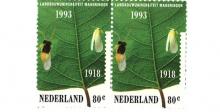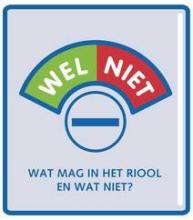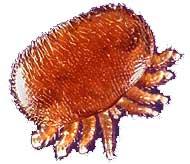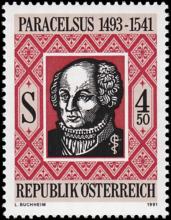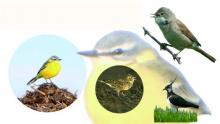Henk Tennekes en Theo Brock spraken op uitnodiging van Frank Berendse op 11 december 2012 in Wageningen over de risico's van neonicotinoiden
Op dit moment vindt er een heftige discussie plaats over de werking van neonicotinoïden die inmiddels op grote schaal in de Nederlandse landbouw worden toegepast. De grote vraag is of er nu wel of niet voldoende wetenschappelijke evidentie aanwezig is om deze stoffen te verbieden. Of dat bij gebrek aan voldoende gegevens beter het voorzorgprincipe kan worden toegepast? Frank Berendse, de Wageningse hoogleraar Natuurbeheer en plantenecologie, heeft de toxicoloog Henk Tennekes uitgenodigd over dit thema te spreken. Tijd: dinsdag 11 december 10.30 uur – 12.00 uur. Plaats: Gaia-gebouw 101, zaal Gaia 1 en 2 (Droevendaalsesteeg 3a, Wageningen). Nadien sprak Theo Brock (Team Environmental Risk Assessment Alterra) over de beoordeling van de ecologische effecten van insecticiden in oppervlaktewater. Bijgevoegd de presentatie van Henk Tennekes. Op dia 25 levert Tennekes met de resultaten van laboratoriumonderzoek het onomstotelijk bewijs dat het gebruik van imidacloprid een ontoelaatbaar risico voor bijen vormt. Hij laat zien dat de concentraties van imidacloprid die in stuifmeel zijn gemeten binnen een week een dodelijke werking hebben op honingbijen, die een levensverwachting hebben van 6 weken in de zomer en van enkele maanden in de winter. In de omstreden literatuurstudie van Tjeerd Blacquiere et al. (Blacquière, T., Smagghe, G., van Gestel, C., Mommaerts, V., 2012. Neonicotinoids in bees: a review on concentrations, side-effects and risk assessment. Ecotoxicology 21, 973–992), die ook aan de Tweede Kamer is aangeboden, wordt vastgesteld dat de NOEL (no-observable-effect-level) voor imidacloprid bij 20 ppb ligt, maar in werkelijkheid is het zo dat zelfs een 100-voudig geringere concentratie (0, 2 ppb) nog sterfte binnen de levensverwachting van honingbijen veroorzaakt. De risico's zijn dus schromelijk onderschat, en dat is volgens Tennekes de primaire oorzaak van de verhoogde bijenvolksterfte.

